Photography is all about light. Good lighting is the single most important factor in getting good pictures. After that, technique, experience, and artistic composition are second, and fancy expensive equipment is a distant third.
Unlike photo equipment, light is generally free, during the day anyway. For good results, you usually want to collect as much of it as possible for every picture. This is the job of your camera's lens. The lens is the most important part of a camera, and it is ironic how manufacturers of SLR systems with interchangeable lenses generally sell kits with fancy expensive bodies ( lots of buttons, etc ) and cheap lenses. Even more ironic, much low-end photography is done with disposable cameras that have no lens at all! Whether you use a point-and-shoot, a digital, or an SLR, make sure your camera has a good lens on it. Secondarily, shutter speed also affects your light-collecting ability. Better cameras have controllable shutters, while point-and-shoots are usually fixed at around 1/100 second.
More: Underwater Photography In General ...
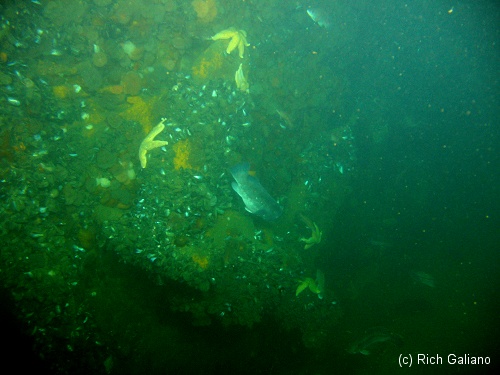

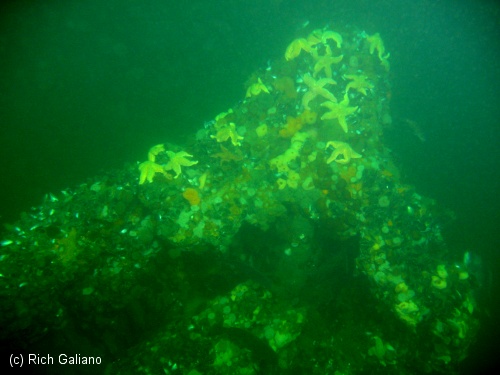



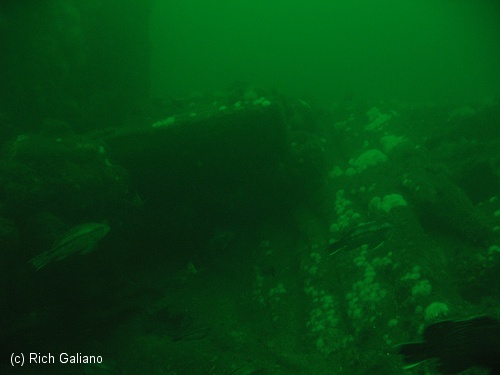
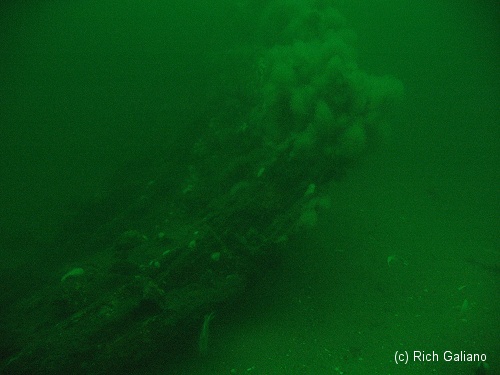

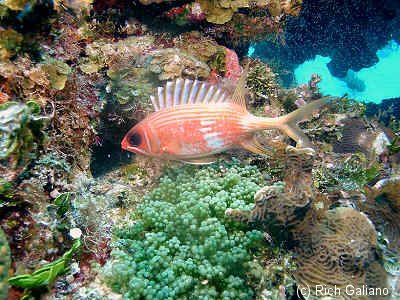
Questions or Inquiries?
Just want to say Hello? Sign the .